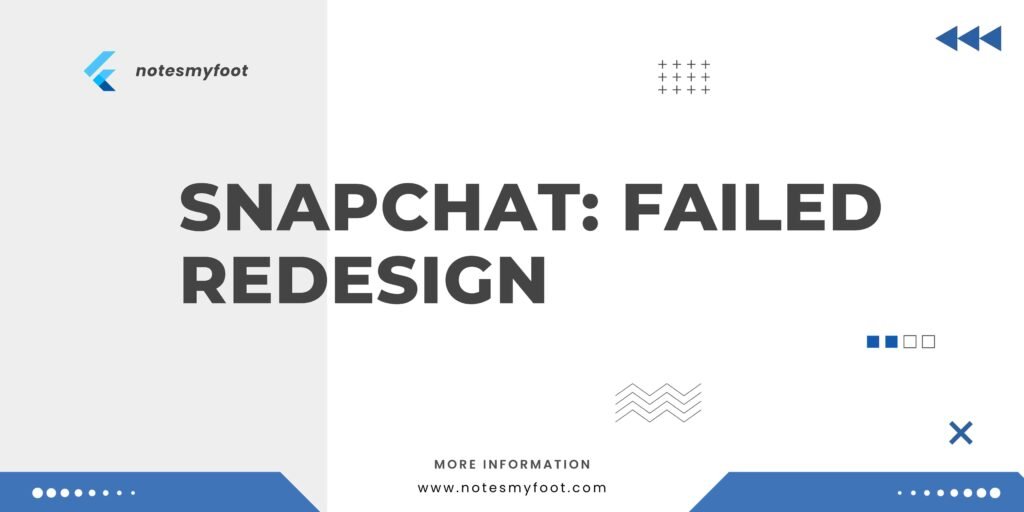
Introduction: Snapchat: Failed Redesign
Snapchat, once hailed as a disruptive social media platform, has recently faced significant challenges due to its failed redesign. This blogpost delves into the world of disruptive marketing, the problems faced by social media companies in a competitive landscape, and how Snapchat’s redesign impacted its users and brand partnerships. Furthermore, we explore whether Snapchat can turn its fortunes around with a reredesign.
Section 1: Snapchat - The Disruptor
Snapchat emerged as a trailblazer in the social media landscape, offering a unique approach to sharing moments through disappearing images and videos. Its innovative features and young user base set it apart from traditional social media platforms, capturing the attention of both consumers and brands.
Section 2: Cause for Concern?
As the social media market became increasingly saturated, Snapchat faced mounting pressure to maintain its competitive edge. The disruptive marketing strategy that once propelled it to success now needed to evolve to keep up with changing trends and user demands.
Section 3: Snapchat Redesign
In an attempt to stay ahead, Snapchat introduced a major redesign aimed at simplifying the user interface and increasing engagement. However, this move proved to be highly controversial and met with a wave of backlash from users and influencers alike.
Section 4: The Backlash
Snapchat’s redesign sparked outrage among its dedicated user base. Many criticized the platform for prioritizing advertisers over user experience, leading to a decline in user engagement and a loss of trust. Influencers also expressed frustration over the redesign’s impact on their reach and connection with followers.
Section 5: The Impact
The backlash against Snapchat’s redesign had significant repercussions for the company. User growth slowed, causing investors to worry about its long-term viability. Brands, once eager to partner with Snapchat, grew hesitant, uncertain of the platform’s ability to effectively reach their target audience.
Section 6: The Re-redesign
Conclusion:
Snapchat’s failed redesign serves as a cautionary tale for social media companies navigating the treacherous waters of disruptive marketing. It highlights the delicate balance between innovation and user satisfaction, as well as the importance of maintaining strong relationships with both users and brands. While the road to recovery may be challenging, Snapchat’s re-redesign signals their commitment to listening to their audience and adapting to their needs. Only time will tell if they can successfully turn the tide and reclaim their position as a social media disruptor. Also check out Tata Motors’s Jaguar Land Rover Turnaround Strategy and to get the detail with PDF
